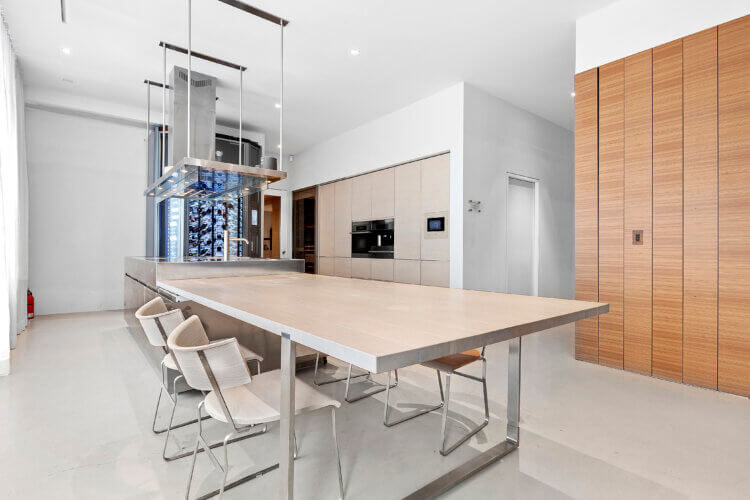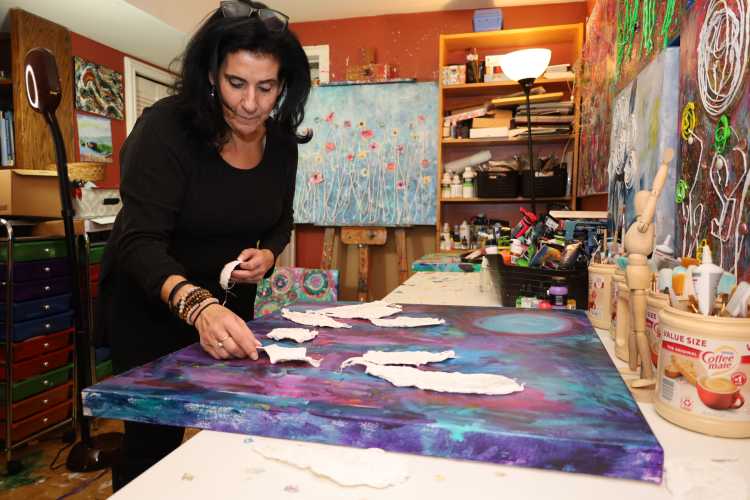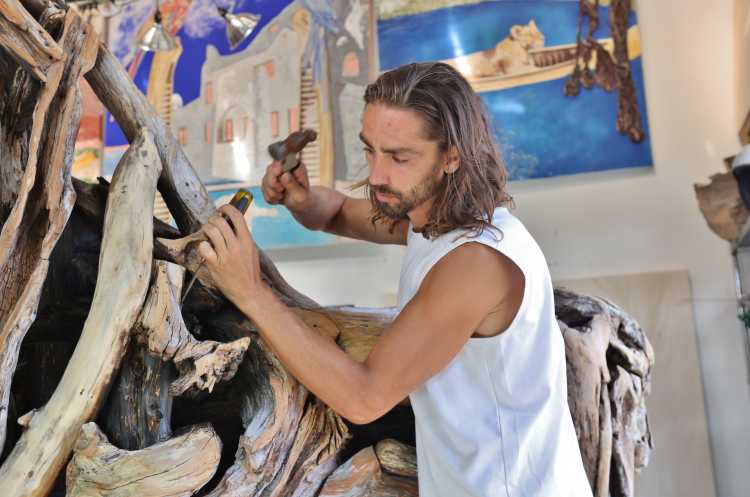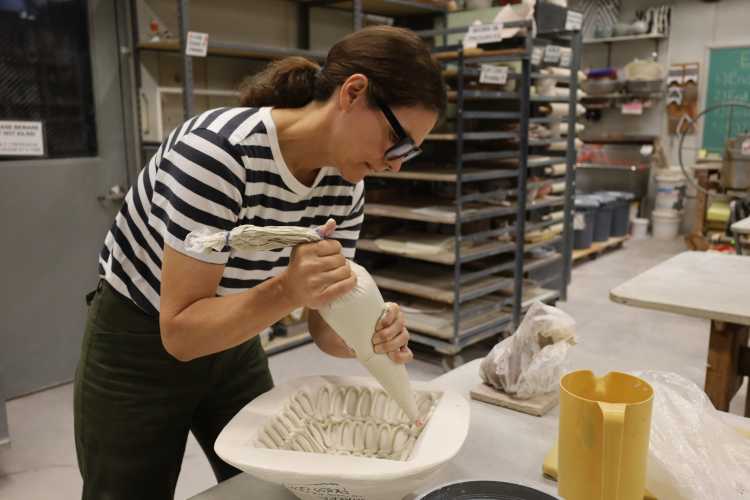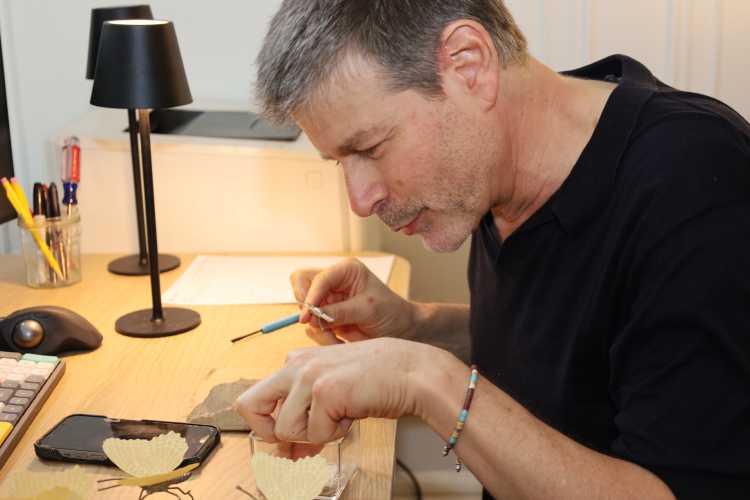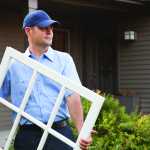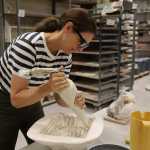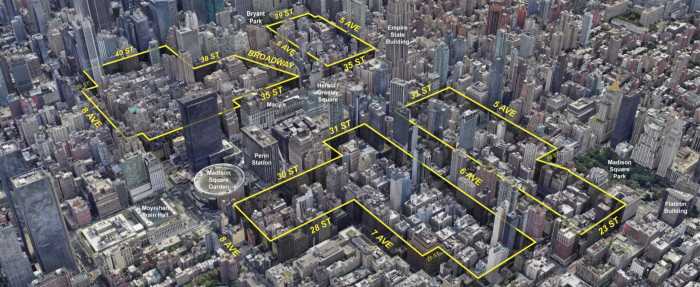Though he sells and installs some of the finest audio/video equipment in the world, Mike Brody spends a lot of time thinking up creative ways to make the gear disappear.
Brody, the president and co-founder of Crescendo Designs in Southampton, creates dedicated media rooms as well as whole-house music, automation and lighting systems for a well-heeled East End and Manhattan clientele. Brody’s customers have the resources to afford reference quality gear and white glove system design. And many of them are discerning enough to understand what top-of-the-line performance looks and sounds like. But they’re not necessarily interested in adding stacks of electronic components or bulky tower speakers to the aesthetic of their painstakingly decorated homes.
And that suits Brody just fine. Every system Crescendo designs is different, of course, based on numerous environmental factors and customer preferences. But Brody and his team approach all of their projects with a unifying prime directive.
“How are we going to create a space that takes you completely out of your home and makes you forget that you’re in a rectangular room?” he asks at the design stage.
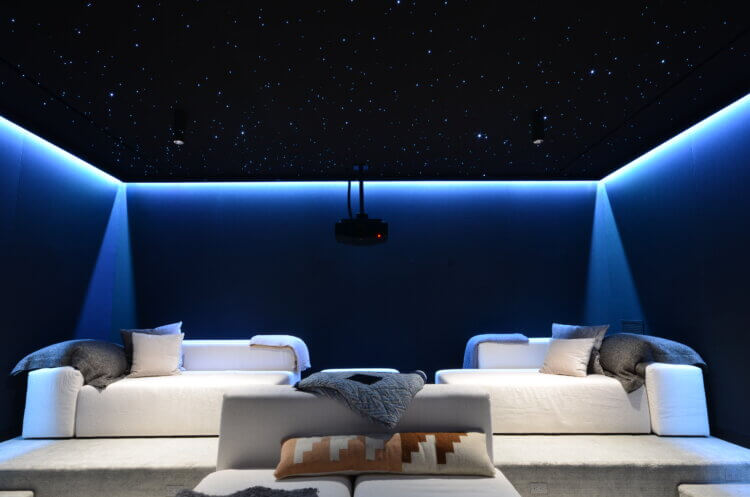
Brody, 50, traces his home theater design ethos to a transformative movie-going experience he had as a boy.
“When I was about five years old, my father took me to see Star Wars,” he says. “I remember it vividly. The whole experience of being transported to a different universe had an incredible impact on me.”
Brody couldn’t have known it at the time, but the movie’s now-legendary director would ultimately move on to also become one of the most important figures in the history of cinema soundtrack reproduction.
In addition to a storied career as a filmmaker and special effects innovator, Star Wars creator George Lucas was one of the pioneers of digital audio reproduction standards for commercial cinemas and home theater electronics manufacturers. His THX company, which he co-founded with audio scientist Tomlinson Holman in the early 1980s, remains an industry-standard certification and licensing program for film soundtrack reproduction to this day.
“George Lucas recognized how important sounds and effects were in bringing your emotions into a movie,” Brody says. “But as a kid, I was only thinking, ‘Oh my god, I’m in a different world.’ We still push that boundary today when we design a media room. I want our clients to have that same kind of experience I had when I first saw Star Wars.”
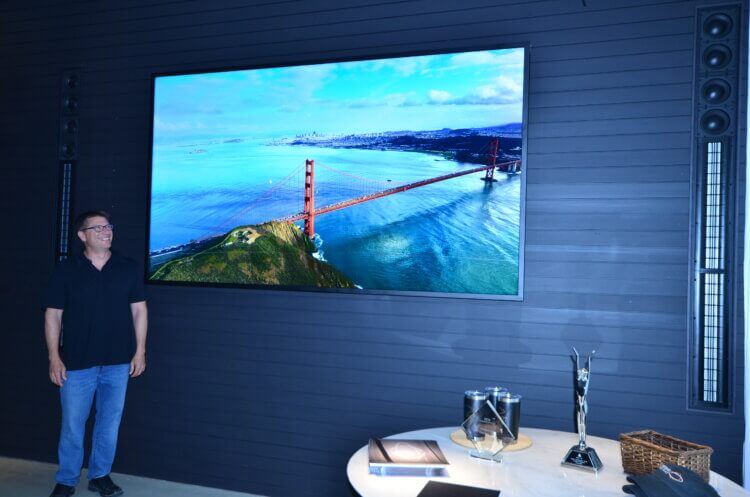
The ultimate goal of any thoughtfully designed home theater is to lift the viewer up out of their chair and transport them into the center of the onscreen action. To Brody’s thinking, a big, showy media room packed with gear isn’t the best way to create that kind of transformative experience – a philosophy with which a vast majority of his clients agree.
“We have our own style for home theaters,” he explains, segueing into a street racing analogy. “Let’s say you have a really fancy sports car and you pull up next to me at a traffic light. Maybe I have an older muscle car, but nothing too special. Then the light turns green, we both hit the gas, and I just blow your doors off.”
“Our rooms are very clean looking,” he continues. “Yes, you understand you’re in a theater because of the seats. And the front wall is virtually all screen. But you can’t tell there are speakers and subwoofers in there. And you can’t see any of the electronics.”

These days, when prospective clients visit Crescendo’s tricked-out showroom on County Road 39 in Southampton, Brody isn’t likely to demo the destruction of the Death Star scene from the original Star Wars (now officially known as Star Wars: A New Hope). Instead, he likes to cue up opening sequences from two more contemporary films: the 2014 World War II epic Unbroken (directed by Angelina Jolie) and the 2017 biopic The Greatest Showman (helmed by then-first-time director Michael Gracey).
According to Brody, when viewed back-to-back, those two scenes showcase the transformative capabilities of a high-end home theater system.
“The opening of Unbroken puts you in a lane during a bombing run. You’re no longer in a room. You’re inside this B-52 bomber,” he explains. “And in the opening sequence of The Greatest Showman, Hugh Jackman is performing, the crowd is stomping its feet, then it cuts to complete silence, which is a really effective end to a demo. It’s not like the pure emotion of Unbroken, where you’re fighting for your life. In Showman, you come into this happy world with great music and suddenly there’s no sound at all. A good demonstration needs to show a variety of emotions to really take you away.”
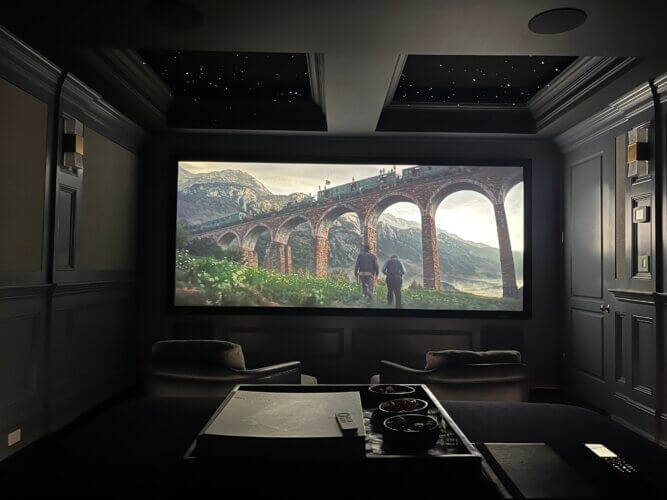
While Brody’s love of movies ultimately led him to start Crescendo, his career path nearly took a different turn. When he was in his late teens, he seriously considered trying his luck in Hollywood.
“I was close to packing my bags and going to California to try to get into the movie business – to try to direct or get a job in production or special effects,” he says. “But part of me was a wimp and I ended up staying on the East Coast and going into business.”
In the late 1990s and early 2000s, after working in IT in Manhattan and trying his hand at internet retail when that business was still in its infancy, Brody partnered with his brother Chris, Crescendo’s co-founder and CEO, and began focusing on installation work in Southampton and its surrounding areas.
“We started putting up flat screens everywhere,” he recalls. “And the complaint people always had was that the sound sucked. So before long, we started installing surround sound systems to complement the flat screens.”
At that time, home theater was already well on its way to becoming the dominant business driver of the consumer electronics industry. “The installation work was the perfect thing for us,” Brody says.
“Because it brought us into people’s homes and opened the door for referrals. It pushed us – and we loved it.”
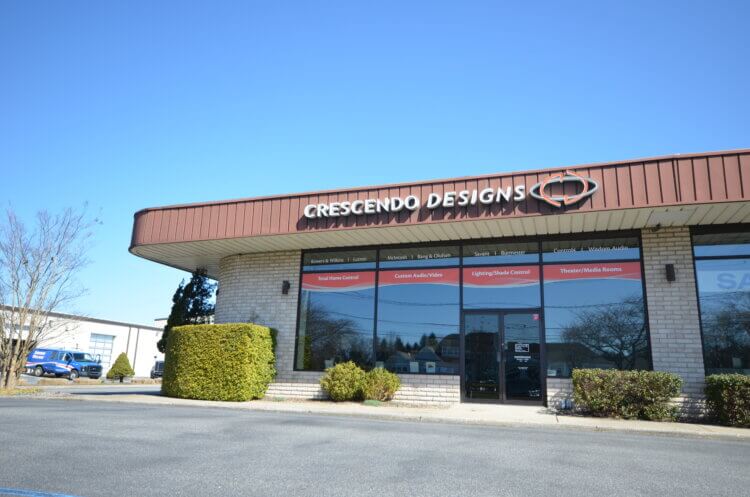
Today, Crescendo has carved out a unique and profitable niche in the upscale East End market. Brody estimates that the company generates approximately half of its revenue via installations in the Hamptons and the other half in Manhattan, though it doesn’t operate a brick-and-mortar location in the city. The vast majority of the work Crescendo does in New York City is generated via clients who own vacation homes on the East End.
“It’s part technology, part aesthetics, part performance,” he says. “We’re offering things that other companies either don’t know about or don’t have the capability to do.”
Brody points out that the trendlines continue to point in a positive direction for home theater design and installation specialists like Crescendo.
Though he makes his living selling upscale A/V equipment, Brody has been an unrepentant movie lover since he was a child. And it’s almost impossible for someone with his sensibilities to fully separate himself from the romantic notion of watching a film in a good local theater on Main Street.
“Unfortunately, fewer people are going to the movies,” he says, with a trace of wistfulness in his voice. “With the world of streaming and everything at your fingertips, everybody is consuming media at home. And they’re willing to invest in a great experience – and that’s where we come in.”
System design at this level represents the quintessential blend of art and science. And Brody recognizes that nurturing the sometimes complicated relationship between tech and aesthetics is one of the keys to keeping his employees happy.
“We’re all sort of nerds and geeks,” he says. “But at least there’s a place in this world where we can express both our tech-geek side and our creative side and find professional satisfaction.”
This article appeared in the November 2023 issue of Behind The Hedges. Read the full issue here. Be sure to check out more Master Craftsman articles.
